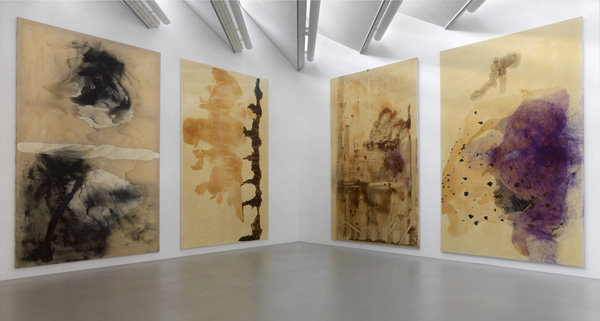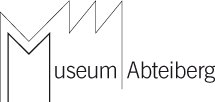
Museum Abteiberg owns one of the most important collections of art since 1960, along with a smaller collection of Expressionist and modern avantgarde work. It shows temporary exhibitions of contemporary art in addition to various, changing presentations of its collection. The museum’s sculpture garden features artworks from the past fifty years, many of which were created especially for the site.
Opened in 1982, Museum Abteiberg is considered the first postmodern museum in the world. The museum’s architecture was designed by Viennese architect Hans Hollein, who based his ideas on new concepts emerging in contemporary art in the 1960s and worked in close collaboration with museum director Johannes Cladders. The museum’s previous iteration, the Städtisches Museum Mönchengladbach, featured the first major museum exhibition by Joseph Beuys (1967) as well as many early exhibitions by some of today’s most important artists, including Carl Andre, Bernd and Hilla Becher, Daniel Buren, Marcel Broodthaers and Gerhard Richter.
The study of history is a key aspect of Museum Abteiberg’s work, as is confrontation with the present and the preservation and ongoing expansion of the collections. The museum also offers a broad, constantly-updated art mediation program.
Image: Installationsansicht Sigmar Polke, 6-teiliger Zyklus für die Biennale, Venedig 1986, Kunststoffsiegel, Pigmente, Graphit, Blattsilber, flüssige Silberverbindung, Silberoxyd und Gummi arabicum auf Leinwand, je 500 x 325 x 4,8 cm, © VG Bild-Kunst, Bonn 2022, Foto: Achim Kukulies

